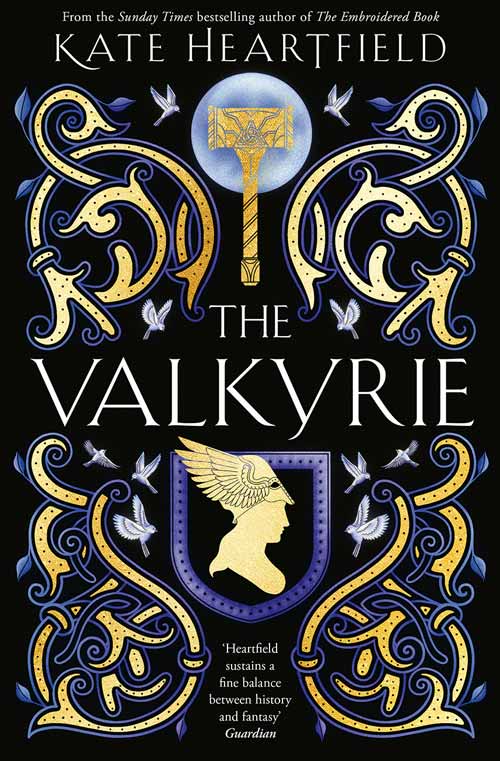After Anne: A Novel of Lucy Maud Montgomery’s Life
After Anne opens in 1942, with the son of a famous mother who has just died, arriving at her home and fearing she has taken her own life. It’s a scene that sets the tone for the novel, which, moving forwards and back through L. M. Montgomery’s life, offers a tender, complex, and surprising portrait of the author of the much-loved Anne of Green Gables series of novels.
In November 1907, L. M. Montgomery, known as Maud, is turning thirty-three. After years of struggle and rejection she has secured a publisher for her first Anne novel. She’s also engaged to be married. She’s happy but feels a tension between creativity and domesticity that will stay with her. She thinks of her creative side as The Fox, who loves to write and longs to make her mark on the world. But there is also the Old Hen, a persistent voice, suggesting that having children should be her goal, that motherhood would be “the balm to her woes.”
The non-linear narrative adds interest and tension, especially as it seems the older Maud spends much of her time re-writing and editing her old journals, which we assume we are reading the originals of, in concern for her legacy.
As a fan of Anne Shirley, I enjoyed the way Steiner interwove Anne’s thoughts and story into Maud’s thinking, but it’s not necessary to know about Green Gables to enjoy this novel. After Anne is a well-written and thoughtful look at a woman trying to balance a challenging marriage, motherhood, and a demanding writing career.










